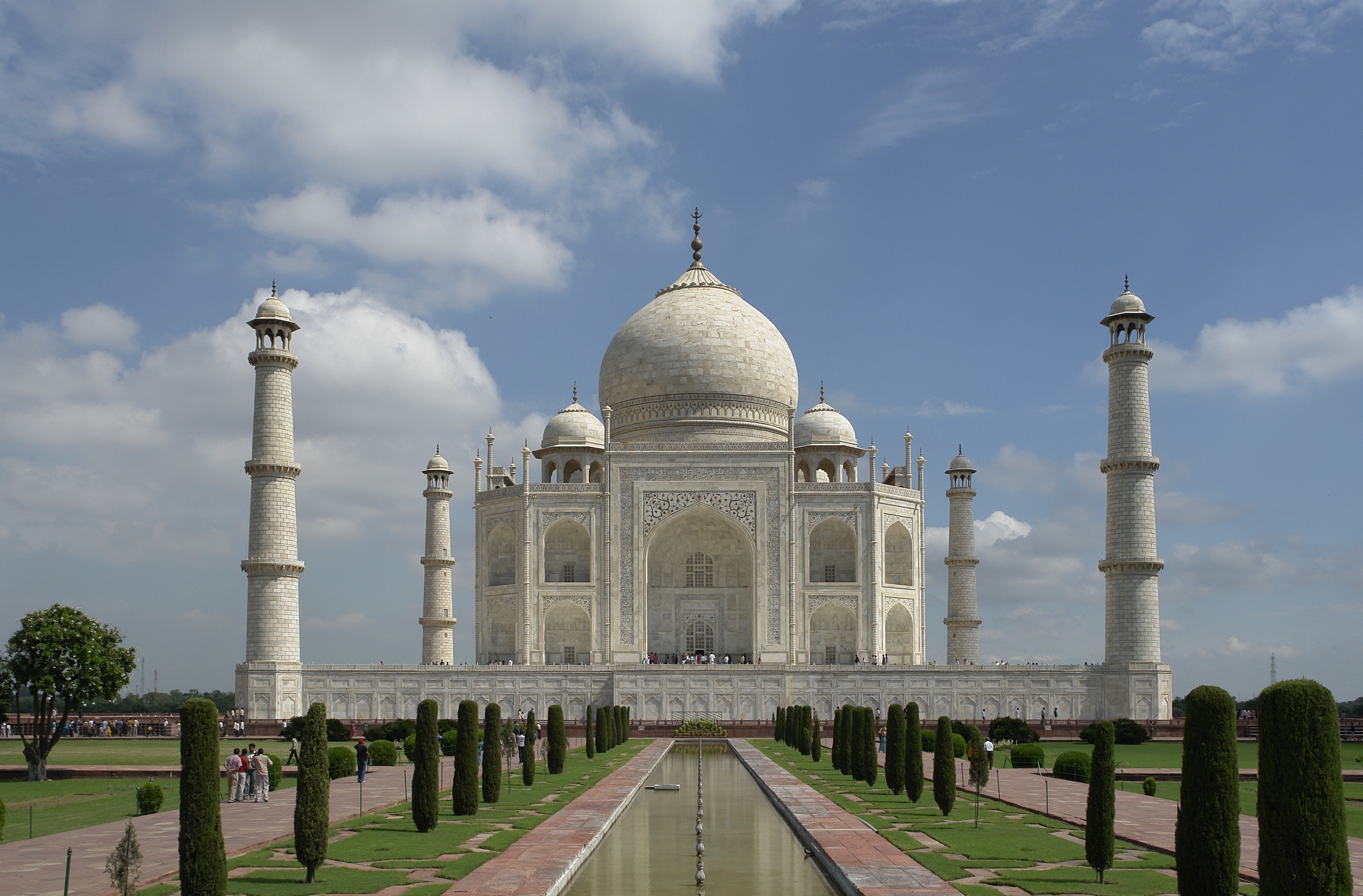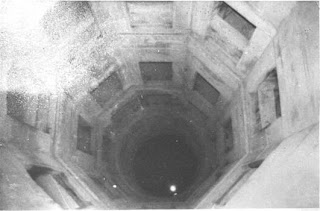Guys, now you do not need to very a bit about staying connected with your friends.There are so many so solutions available these days.These solutions are of 3 types --Download a chat client application, install a toolbar or extension, and use a social web browser.
Well, I suggest not to use an extension or toolbar as I personally found them irritating rather than doing any good they irritates you. So now we have 2 solutions and equally like them and use them almost on daily basis.
- Install a chat client which support multiple chat services and feeds
One such chat client(IM) which is my favorite is Trillian Astra.
Trillian - Astra-connects to everything-- Windows Live, Facebook, Twitter, Yahoo etc
This chat client has a lot to offer, voice, video, chat, feeds from various social networking sites which includes Facebook, twitter...not just that read your emails without opening the browser.
It's up-to-date...It's truelly awesome...
Trillian lets you connect to multiple IM and social networks at the same time, managing contacts and real time status feeds efficiently.
AVAILABLE FOR ALL EDITIONSAVAILABLE FOR ALL EDITIONS
VAILABLE FOR WINDOWS CURRENTLY
System requirements: Windows 7, Windows 2003, Windows Me, Windows 2000, Windows Vista, Windows XP, Windows Server 2008
Publisher : Cerulean Studios
Publisher website :http://www.ceruleanstudios.com/
Download Trillian Astra
Download[via Cerulean Studios]
- Use a social web browser
Ever heard of a social web browser. Guys, Open Source community has a lot to offer for us and all free.The social web browser which is powered by open source Chromium Project and again it is also my favorite...This is Flock.
Flock :Built for Facebook and Twitter
Flock is faster, simpler, and more friendly. Literally. It's the only sleek, modern web browser with the built-in ability to keep you up-to-date with your Facebook and Twitter friends.
Share web pages, photos, and video. Update your status and make comments—from anywhere on the web!
Some Key features of Flock:-
It's fast
All new Flock is built on the same lightning fast, cutting edge code as Google Chrome.
It's called Chromium, which is geek-speak for the speed, stability, and security you would expect from a global, open-source project headed by Google.
It's Simple
Flock is minimal by design, which makes it easy to customize your web browser and still enjoy a large and clutter-free browsing experience.
It's Friendly
Flock keeps your friends close. Easily share and comment on web pages, Facebook updates, tweets, feeds, and blog posts.
Click to open the sidebar and access your friends' latest social activity. Click again to hide your friends.
Download Flock:
Download[powered by Chromium Project]
- 8:19 AM
- 0 Comments






























